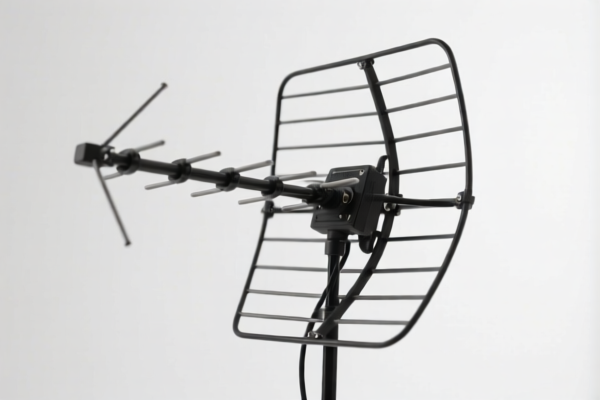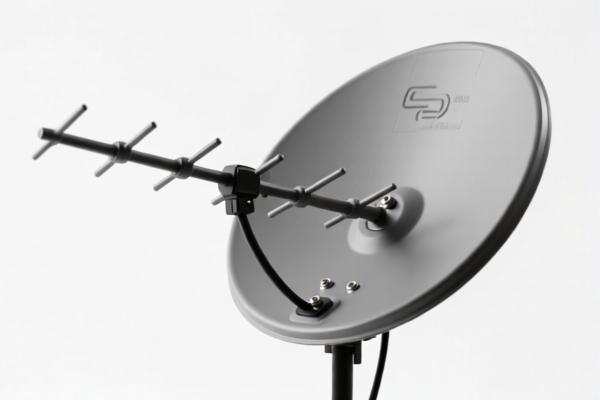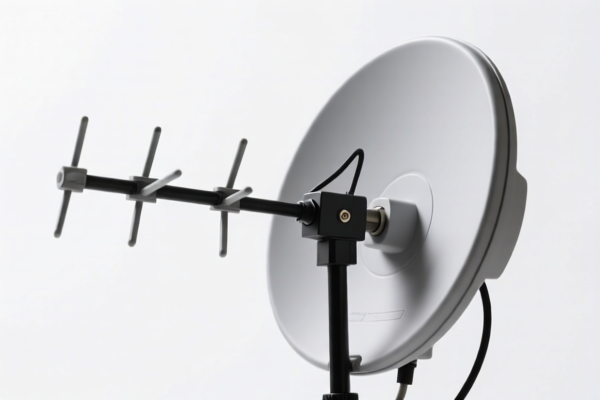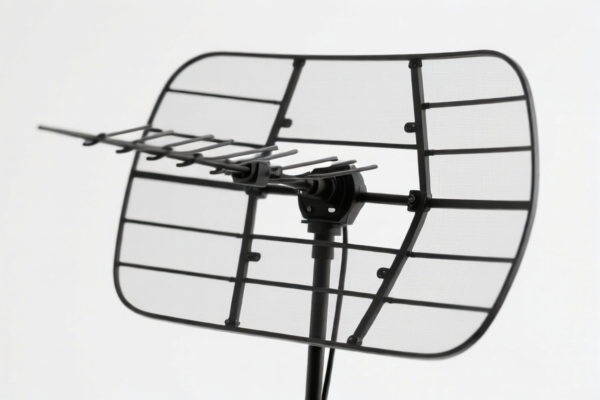| HS Code | Official Doc | Tariff Rate | Origin | Destination | Effective Date |
|---|---|---|---|---|---|
| 8526100020 | Doc | 55.0% | CN | US | 2025-05-12 |
| 8526100040 | Doc | 55.0% | CN | US | 2025-05-12 |
| 8529102120 | Doc | 55.0% | CN | US | 2025-05-12 |
| 8529104040 | Doc | 55.0% | CN | US | 2025-05-12 |
| 8537109170 | Doc | 57.7% | CN | US | 2025-05-12 |
| 8537109160 | Doc | 57.7% | CN | US | 2025-05-12 |
| 8535904000 | Doc | 57.7% | CN | US | 2025-05-12 |
| 8535908060 | Doc | 57.7% | CN | US | 2025-05-12 |
| 8525507050 | Doc | 55.0% | CN | US | 2025-05-12 |




Panel Antenna
A panel antenna is a type of directional antenna commonly used in fixed wireless communications. It is characterized by its relatively narrow beamwidth and high gain, making it suitable for point-to-point or point-to-multipoint applications.
Material
Panel antennas are typically constructed using:
- Substrate: Often utilizes materials like FR4 (a fiberglass-reinforced epoxy laminate) or Rogers materials for the dielectric layer that supports the radiating elements.
- Radiating Elements: Usually made of copper or aluminum, etched onto the substrate to form dipoles, patches, or other resonant structures.
- Reflector: A metallic backplate, typically aluminum, to enhance directivity and gain by reflecting energy forward.
- Housing: Enclosures are commonly constructed from aluminum, plastic, or fiberglass to protect the internal components from the environment.
- Connectors: Typically use SMA, N-type, or other RF connectors for connection to transmission lines.
Purpose
The primary purpose of a panel antenna is to transmit and/or receive radio frequency (RF) signals with increased efficiency and range in a specific direction. They are designed to overcome the limitations of omnidirectional antennas by focusing power in a desired direction, reducing interference and improving signal quality.
Function
Panel antennas function by:
- Directivity: Concentrating RF energy into a narrow beam, minimizing wasted power in unwanted directions.
- Gain: Increasing the signal strength in the desired direction, improving range and reducing signal loss.
- Polarization: Maintaining a consistent polarization (vertical, horizontal, or circular) to match the receiving antenna for optimal signal transfer.
- Impedance Matching: Ensuring proper impedance matching (typically 50 ohms) to minimize signal reflection and maximize power transfer.
Usage Scenarios
- Wireless Internet Service Providers (WISPs): Used for point-to-multipoint backhaul and customer access.
- Cellular Base Stations: Employed for sectorized coverage in mobile networks.
- Microwave Backhaul: Utilized for long-distance communication links.
- Security Systems: Used for wireless video surveillance and data transmission.
- Radio Links: Employed for various communication applications, including amateur radio and industrial control.
- Fixed Wireless Access: Providing broadband internet to homes and businesses.
Common Types
- Yagi-Uda Panel Antennas: Combine the characteristics of Yagi-Uda antennas with panel construction, offering high gain and directivity. Often used in longer-range applications.
- Patch Panel Antennas: Utilize patch elements etched onto a substrate, offering a compact and lightweight design. Suitable for lower-power applications.
- Sector Panel Antennas: Designed to cover a specific sector angle (e.g., 60°, 90°, 120°) for mobile network coverage.
- Dual-Polarized Panel Antennas: Employ two radiating elements with orthogonal polarization to increase capacity and improve signal reliability.
- Multi-band Panel Antennas: Support multiple frequency bands for greater flexibility and compatibility.
- High-Gain Panel Antennas: Designed for long-distance communication links, offering narrow beamwidths and high gain.
Based on the provided information, “panel antenna” can be classified under the following HS codes:
- 8529102120: Parts suitable for use solely or principally with the apparatus of headings 8524 to 8528: Antennas and antenna reflectors of all kinds; parts suitable for use therewith: Television Antennas: Receiving only. This code covers antennas specifically designed for receiving television signals.
- 8529104040: Parts suitable for use solely or principally with the apparatus of headings 8524 to 8528: Antennas and antenna reflectors of all kinds; parts suitable for use therewith: Radar, radio navigational aid and radio remote control Antennas. This code applies to antennas used with radar, radio navigational aid, and radio remote control equipment.
Tax Rate Details:
For both HS codes 8529102120 and 8529104040:
- Basic Tariff: 0.0%
- Additional Tariff: 25.0%
- Additional Tariff (after April 2, 2025): 30.0%
- Total Tariff: 55.0%
Explanation of HS Code Structure:
- Chapter 85: Electrical apparatus for switching or protecting electrical circuits, or for making connections to or in electrical circuits; relays.
- Heading 8529: Parts suitable for use solely or principally with the apparatus of headings 8524 to 8528.
- Subheading 852910: Antennas and antenna reflectors of all kinds; parts suitable for use therewith.
- 85291021: Television Antennas: Receiving only.
- 85291040: Radar, radio navigational aid and radio remote control Antennas.
Important Note:
The total tariff for both HS codes is currently 55.0%, but will increase to 57.7% after April 2, 2025.
Customer Reviews
No reviews yet.